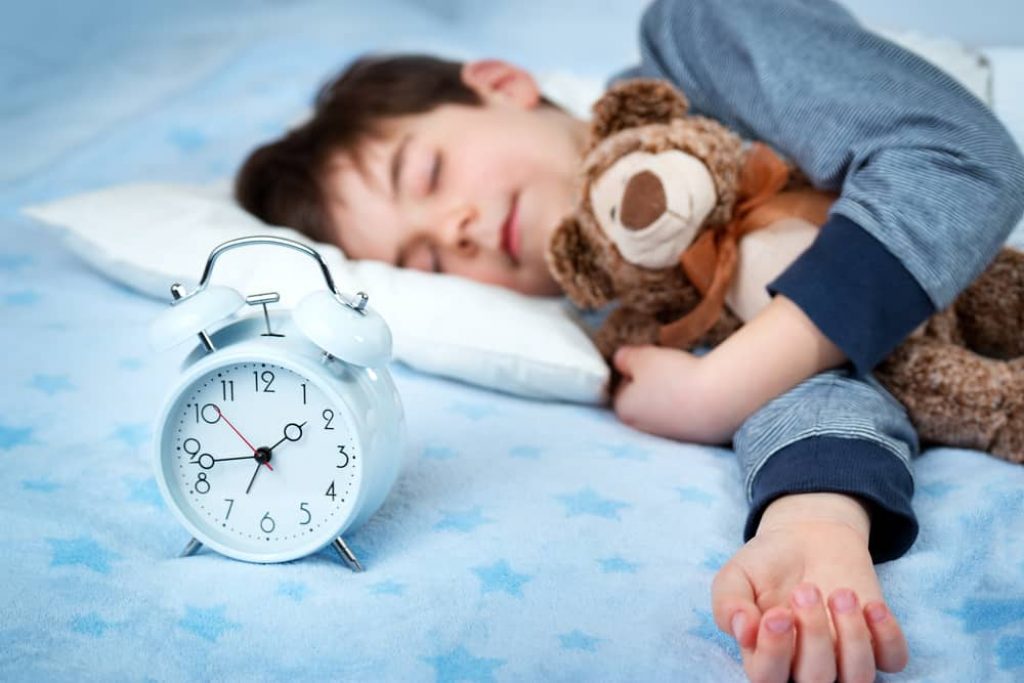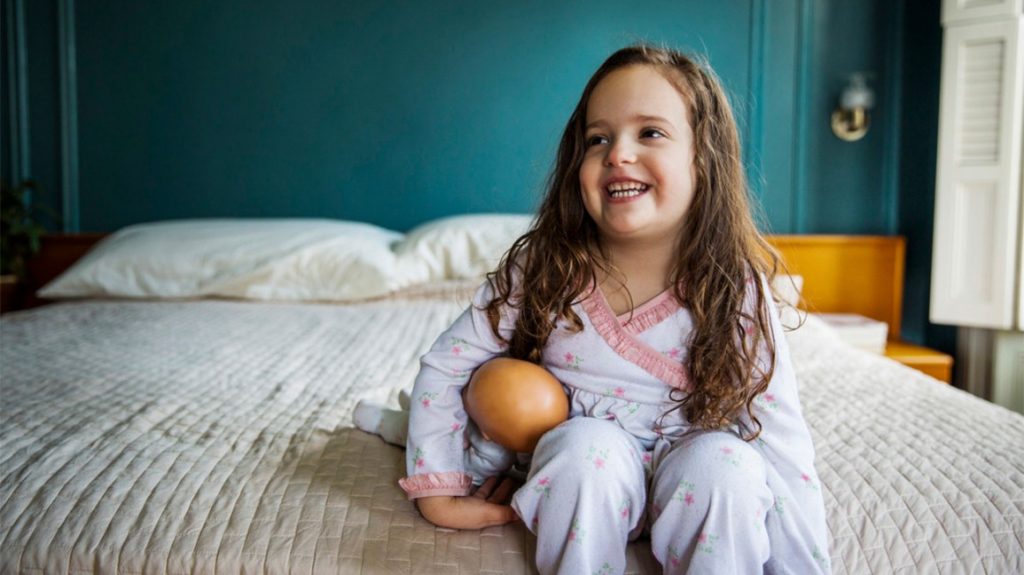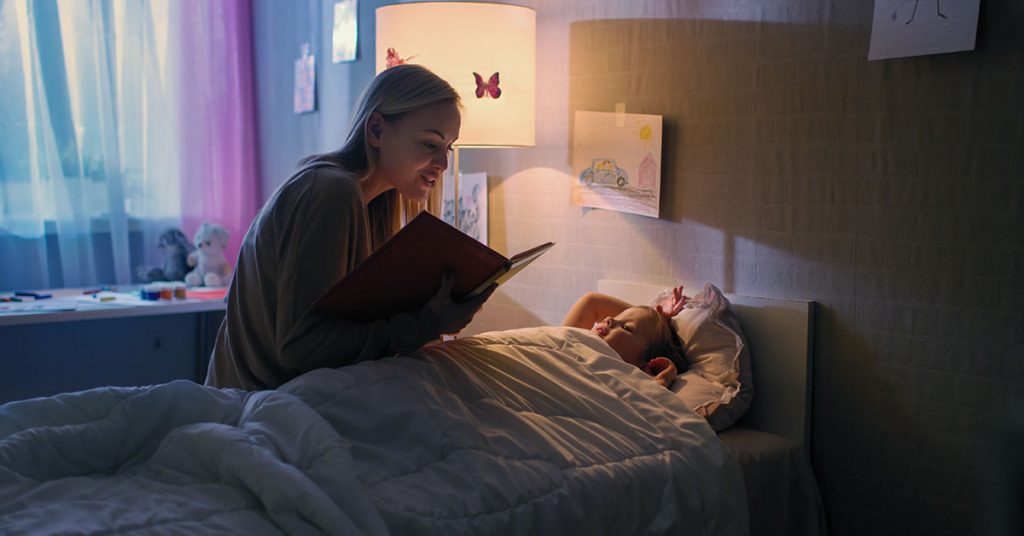
Sleep is highly essential for one’s well-being. A lot of chronic diseases find their roots in poor habits of sleeping. Owing to this, parents seem extremely concerned about their kids’ sleeping habits. If proper sleep habits are not inculcated early in life, disrupted sleep patterns can continue to plague one’s lifestyle for the years to come.
When it comes to putting toddlers to bed, the story needs no narration. We all know the struggles. However, practicing certain habits can go a long way in regulating your toddler’s sleep routine. If you are worried about the bedtime battles, then here are a few things you can try to have an easy time. Also, do not forget to check out this website for some products specially designed to promote better sleep for your little ones.

Source: naturedoc.co.uk
Table of Contents
1. Be Consistent With Their Bed-time And Wake-Up Time
Having a fixed time to go to bed and wake up is the first milestone to be achieved in the arduous journey of shaping a smooth sleep cycle for your kid. The ultimate aim here should be to acclimatize your kid’s body to a particular routine through a regular set of activities so that they know when to wind down and when to wake up.
Sleep times are supposed to be individualized. You will notice certain sleep patterns as your child grows. Always make sure to pay utmost heed to that. Your kid can either be super flexible with their bedtime or might take longer than usual to fall asleep or might wake up early irrespective of the time of sleep. Staying in tune with this will help you to customize a bedtime early enough for your kid to have the required number of sleep hours they need at their age.
A fixed wake-up time is a key determining factor of the ease with which your kid falls asleep. It is because the body might tire earlier on days your kid rises early and take abysmally longer to be weary on days your kid gets some extra hours of sleep. This will potentially disrupt the entire sleep cycle. Therefore, make sure to be firm with both the times, leaving a space of 1-2 hours on each end.

Source: healthline.com
2. Carve Out A Bed-time Routine
A personalized bedtime routine that is systematically and religiously followed is going to slough off some of your struggles of transporting your kid to the innocent dreamland. The sleepy-time activities are supposed to be indicators for the mind and body that it’s time to wind down.
Do not be too rigid in selecting the bed-time activities. Try out a few things and see how your kid likes it. If something doesn’t go down well with them, then better stay away from it. Cranky children will take longer to relax.
A bedtime shower can go a long way in fixing the sleep schedule of your kid. Showering before bed helps manage the body temperature. It cools you down, inducing a relaxing effect. This often proves to be adventitious for parents with tough bedtime battles.
A ritual as small as selecting the pajama for the night can be crucial beyond your imagination. The activity will herald the coming of bedtime for your kid, preparing them mentally for what is about to happen next.
Offering a light snack in case your kid has an early and light dinner is recommended to avoid disturbing their sleep due to hunger in the middle of the night. Post snack, make sure, not to skip brushing the teeth.
When you are on the bed with your toddler, cuddle and snuggle with them. This provides the needed warmth to dial their energy down. Reading books to your kids is one of the most effective means of helping them to slumber. However, if that doesn’t pan out as planned, singing a lullaby or narrating stories can help alleviate your struggles along with forging a stronger bond with them.
Once you see them getting sleepy, plant the good night kiss and leave the room. Do not wait until they are asleep. If they are not aware of the fact that they sleep alone, they might freak out in case they wake up at night.

Source: pinterest.com
3. Make The Atmosphere Conducive To Sleep
Certain factors play an important role in calming the body to the extent required for sleep. If you want to help your kid fall asleep faster, then you have to address those factors. The first one being, steering clear from all screens at least 2 hours prior to bedtime.
The blue light getting radiated from computers, cell phones, and television is known to interfere with the regulation of melatonin, the hormone that aids in falling asleep. So, keep your kid’s bedroom free from all screens, or make sure to turn the screens off a couple of hours before going to bed.
Dimming the lights, pulling the curtains, changing the bedsheets, and letting quietness pervade are major signals for the body that it’s time to relax. It is very important for parents to understand that bedtime stories should have no reference to monsters, ghosts, or any such thing that can conjure fear.
Doing so can have two implications. One; your child can feel genuinely scared at night and might have difficulty sleeping. Two; they can use bedtime to voice their fears and keep pushing their bedtime. Either way, it will make things tough for you as well as your baby. So always try to infuse calmness into your toddler’s mind and make it easier for them to sleep.
Above all, try to make the process as organic as possible. Instead of pressing on the fact that it’s time to sleep, make your kid’s body attuned to the activity. Set the routine, make her practice deep breathing techniques, and allow her to inculcate the habit of sleeping on her own.

Source: spacejoy.com
Conclusion
These are some of the basic habits that can help you shape a robust sleep routine for your kid which can translate into a healthy sleeping pattern when they grow. Putting your little one in this systematic cycle won’t be that easy peasy in the beginning.
However, with enough patience and regularity, you will definitely see the change. In case, things don’t turn out to be satisfactory, do not hesitate to consult a pediatrician to look out for sleep disorders. The earlier, the better!







